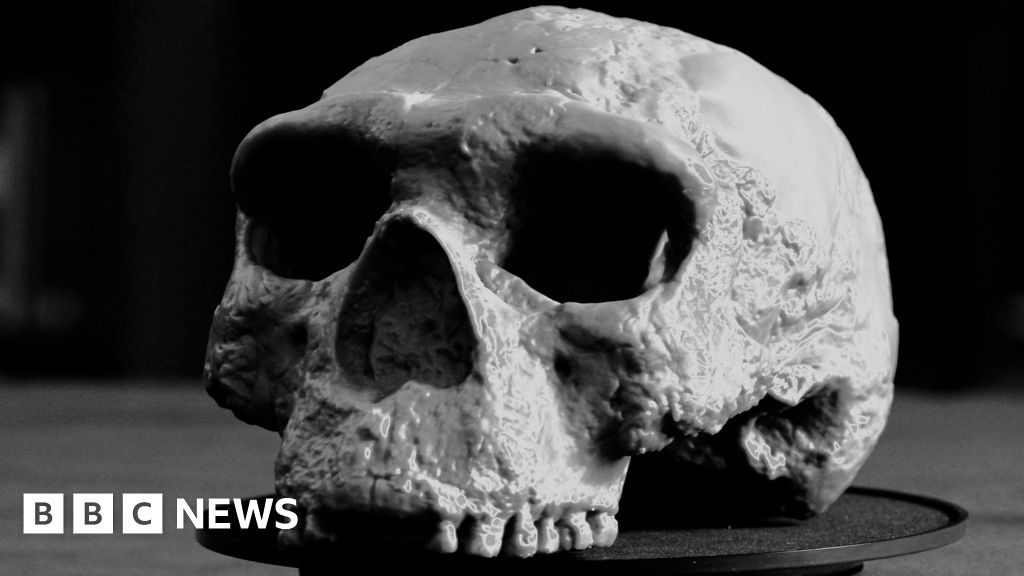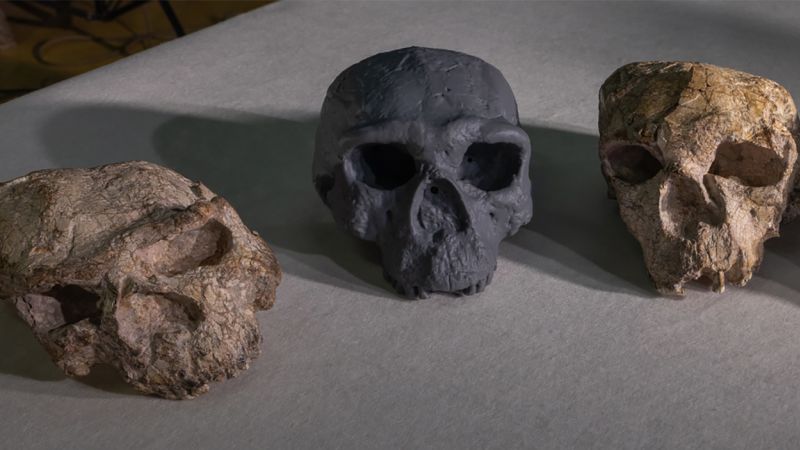A recent breakthrough study unveils a startling revelation in the field of human evolution. The analysis centers around a badly crushed cranium discovered decades ago on a riverbank in central China. Initially defying classification, this ancient skull has been digitally reconstructed, leading researchers to conclude that it belongs to the same lineage as the enigmatic Denisovans and a striking specimen known as "Dragon Man." The implications of this finding suggest a previously unseen complexity in the human family tree, dating back a million years.
Published in the esteemed journal Science, the study paints a radically different picture of human evolution. According to the researchers, including paleoanthropologist Chris Stringer from London's Natural History Museum, these findings challenge existing timelines and narratives. The emergence of Homo sapiens, Neanderthals, and Denisovans is now believed to be much older than previously thought, with significant implications for our understanding of human origins.
The reconstructed skull, dubbed Yunxian 2, was uncovered in Hubei province alongside another specimen in 1989 and 1990. Despite being deformed from centuries underground, advanced techniques such as CT scanning and virtual imaging allowed for its accurate reconstruction. While initially thought to belong to Homo erectus, further analysis led the researchers to identify it as an early ancestor of Dragon Man, Homo longi.
The implications of this discovery extend beyond the Yunxian 2 skull itself. By reevaluating over 100 other skull fossils, the research team constructed a phylogenetic tree that offers new insights into how different human species diverged over the past million years. The findings suggest a closer relationship between Denisovans, Homo longi, and Homo sapiens, positioning them as sister species.
However, as with any groundbreaking research, there are varying opinions within the scientific community. Some experts have expressed skepticism about the timeline proposed by the study, citing uncertainties in both fossil and genetic dating methods. While the conclusions are promising, more evidence is needed to solidify our understanding of early human evolution.
The implications of this study extend beyond reshaping the human family tree. If accepted across the scientific community, these findings could revolutionize our understanding of human origins and the intricate interplay between different hominin species over millennia. It raises questions about where ancestral human populations lived and the potential for coexistence, interaction, and interbreeding among species.
This study underscores the importance of continuing research and exploration in the field of paleoanthropology. As new discoveries challenge established theories and timelines, scientists are constantly refining our understanding of human evolution. The ancient skull from central China serves as a reminder that there is still much to learn about our complex and fascinating journey as a species.
In conclusion, the study of the Yunxian 2 skull opens up a new chapter in the story of human evolution. It highlights the intricate web of relationships between early human species and prompts further investigation into our shared past. As scientists continue to unravel the mysteries of our origins, each discovery adds another piece to the puzzle of our evolutionary history.


